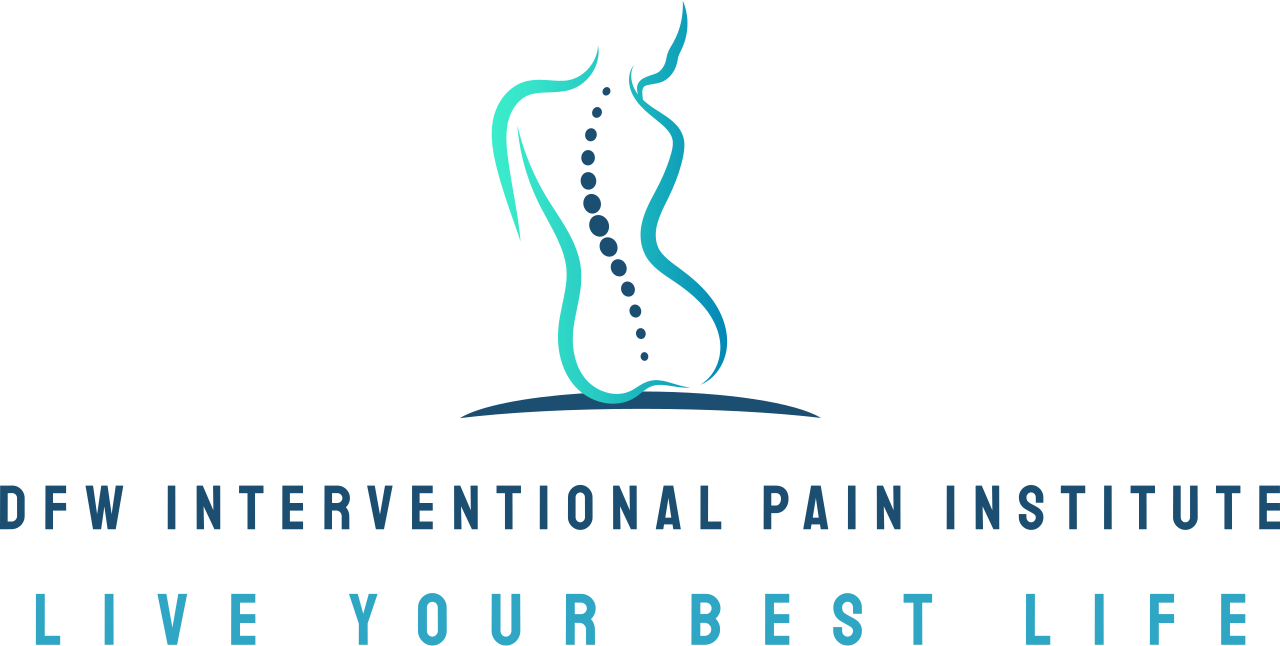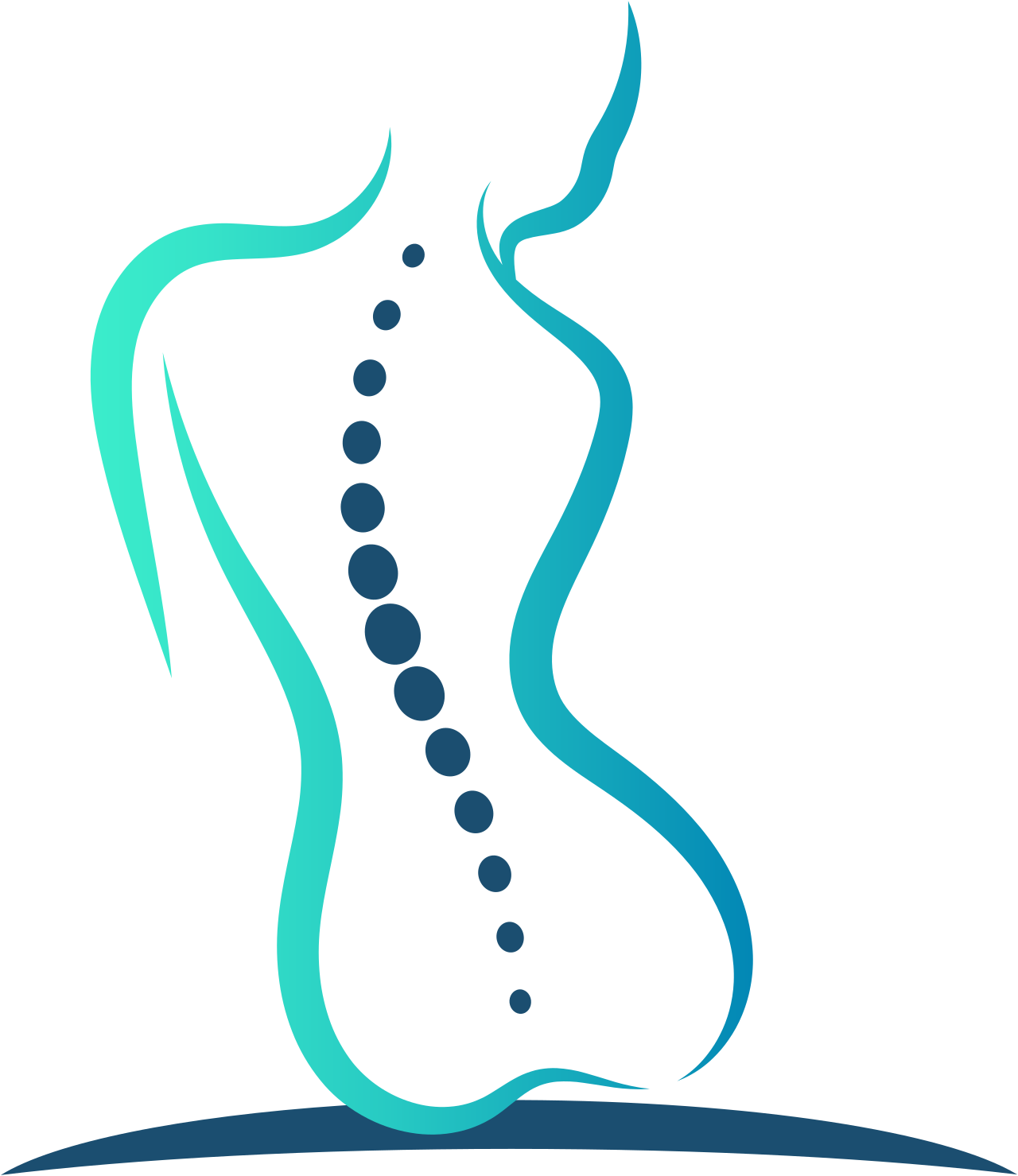Understanding the differences between joint pain and muscle pain
We've all probably experienced some sort of joint or muscle pain in our lives at some point, and differentiating between joint pain and muscle pain can be challenging. Despite their similarities, they have distinct causes, symptoms and treatments. This blog post aims to clarify these differences, helping you understand what your body might be telling you and guiding you on whether or not it may be time to see a pain management doctor like Dr. Edrick Lopez.
What is joint pain?
Common causes and symptoms
Joint pain typically arises from conditions affecting the joints themselves. Arthritis, gout and injuries are usual suspects. Symptoms often include swelling, redness, and stiffness. Joint pain commonly affects the knees, hips and hands, making even simple movements a challenge.
Impact on daily life
Living with joint pain can be debilitating. Routine tasks like walking, climbing stairs or even holding a pen can become monumental challenges. This pain doesn't just hamper physical activities; it also affects mental well-being, often leading to frustration and a feeling of helplessness.
Quality of life concerns
Untreated joint pain can significantly diminish your quality of life. Over time, it can lead to a sedentary lifestyle, which further exacerbates health issues like obesity and cardiovascular diseases. Early diagnosis and treatment are crucial for maintaining an active, healthy life.
What is muscle pain?
Distinction from joint pain
Muscle pain, also known as myalgia, differs in its origins and sensations. Unlike joint pain, which is localized in specific joints, muscle pain can be widespread. Often caused by overuse, injury or conditions like fibromyalgia, muscle pain affects the muscles themselves.
Common causes of muscle pain
Overexertion, tension, and minor injuries are common culprits of muscle pain. However, systemic conditions like infections and autoimmune diseases can also lead to muscle discomfort. Unlike joint pain, muscle pain doesn't usually cause swelling or redness.
Common symptoms of muscle pain
Muscle pain often presents as a sore, aching sensation. It tends to be more diffuse than joint pain, sometimes making it harder to pinpoint the exact location. This type of pain is usually accompanied by stiffness and a decreased range of motion in the affected muscles.
How to tell if it's joint pain or muscle pain
Location and type of pain
The key to distinguishing between joint and muscle pain lies in identifying the location and nature of your discomfort. Joint pain is localized, often sharp, and worsens with joint movement. Muscle pain, on the other hand, is more diffuse and feels like deep aching or throbbing.
Aggravating factors of each
Joint pain typically worsens with specific movements like bending or twisting the joint. Muscle pain, however, often intensifies with prolonged use of the affected muscle. For example, lifting heavy objects can exacerbate muscle pain but may not significantly affect joint pain. In fact, weightlifting can often be a form of therapy for joint pain, but definitely not for muscle pain.
Diagnostic process used by healthcare professionals
Differentiating the two types of pain involves a detailed examination and often imaging tests. X-rays and MRIs can help identify joint issues, while muscle pain might require blood tests to check for markers of inflammation or muscle damage.
Managing and treating pain, whether it's joint pain or muscle pain
General strategies you can do at home
Whether you're dealing with joint or muscle pain, some general strategies can help. Rest, ice, compression and elevation (RICE) can provide immediate relief for both types of pain. Over-the-counter medications like ibuprofen can also be effective.
Typical joint pain treatments from a pain management doctor
Specific treatments for joint pain often involve anti-inflammatory medications, physical therapy and sometimes corticosteroid injections. In severe cases, surgical interventions like joint replacement might be necessary.
Typical muscle pain treatments from a pain management doctor
Muscle pain treatments usually focus on rest, stretching exercises and physical therapy. Massage and heat therapy can also be beneficial. For chronic conditions like fibromyalgia, medications that alter neurotransmitter levels may be prescribed.
When to seek professional help for pain
Recognizing red flags of pain
If your pain is severe, persistent, or accompanied by swelling and redness, it's time to seek professional help. Delaying treatment can lead to complications and long-term disability.
Importance of early diagnosis
Early diagnosis and treatment are crucial for effective pain management. Consulting a healthcare professional can prevent the progression of underlying conditions, ensuring better long-term outcomes.
How Dr. Edrick Lopez can help
Dr. Edrick Lopez, a renowned pain management specialist, offers comprehensive diagnostic and treatment options. With expertise in both joint and muscle pain, Dr. Lopez can provide personalized care, helping you regain your quality of life. Many of our patients are able to return to a more active lifestyle within a few weeks depending on the severity of their condition and their treatment plan.
If you're experiencing prolonged pain, DFW Interventional Pain Institute can help
Understanding the difference between joint pain and muscle pain is essential for effective treatment and improved quality of life. Both types of pain have unique characteristics, causes,and treatments that require targeted approaches. If you're experiencing persistent or severe pain, don't hesitate to seek professional advice. Contact us at WFW Endodontics today for expert guidance and treatment options tailored to your needs.

